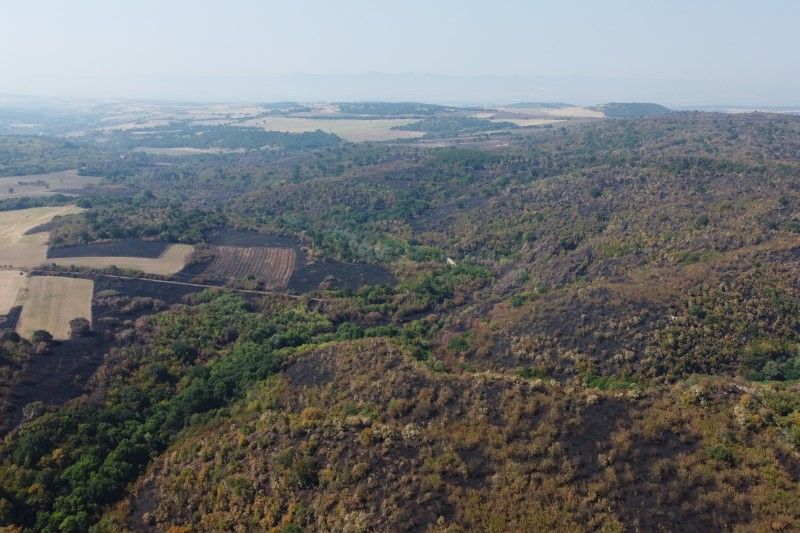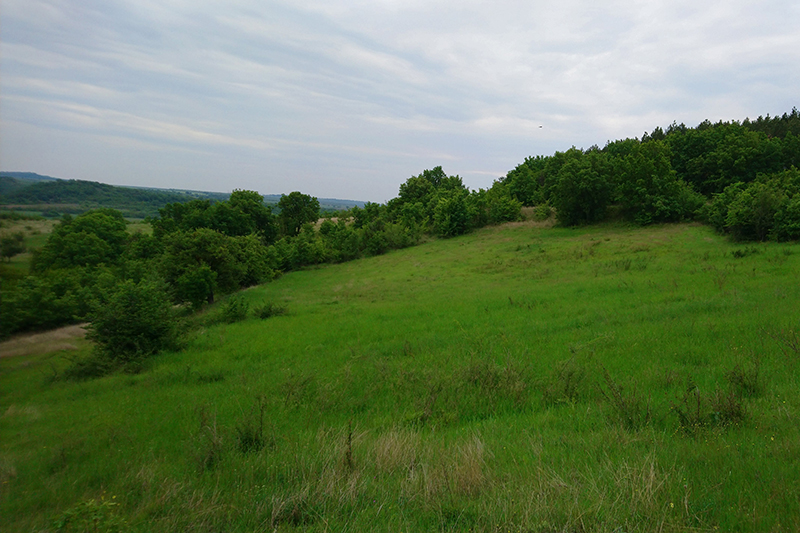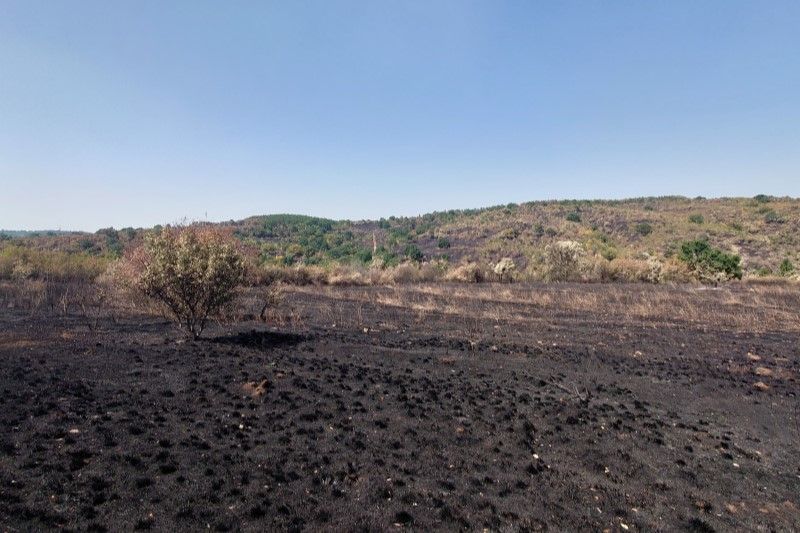
Like many other southern European countries, Bulgaria experienced several wildfires this summer. One of them raged through the only known habitat of Roach’s mouse-tailed dormouse in Bulgaria. Nedko Nedyalkov, who studies this population already for several years, was in shock when he visited the area in August. The soil of the once-green area had turned black. Fortunately, the trees didn’t seem to be damaged. Roach’s mouse-tailed dormice spend the day in hollow trees, especially old oak trees. Neither were the wooden nestboxes Nedko placed in the area. When Nedko checked the nestboxes after the fire, he found two young mouse-tailed dormice and some young edible dormice – alive and healthy. He also found other animals that can’t hide in hollow trees, like tortoises and hedgehogs. If these ground-living animals survived the fire, then – hopefully – the dormice did too.


Wildfires are common in Bulgaria, and it is likely that they will also occur in Nedko’s study area in the future, especially since the summers are getting hotter and drier due to climate change. A spark is enough to start a fire. A possible solution to diminish the chances the habitat of this population burns is to surround it with firebreaks and safeguard it from human activity. Another is to expand the population somehow. The population in Nedko’s study area is the only known population in Bulgaria. If there were more or the known population would be larger, it would be less vulnerable to disasters. Currently, Nedko is trying to convince the Bulgarian government to draw up a Species Action Plan and free money for activities to preserve the Roach’s mouse-tailed dormouse for Bulgaria and Europe. You can help Nedko in this endeavour: press the donate button.
See also ‘Saving Europe’s rarest dormouse‘






